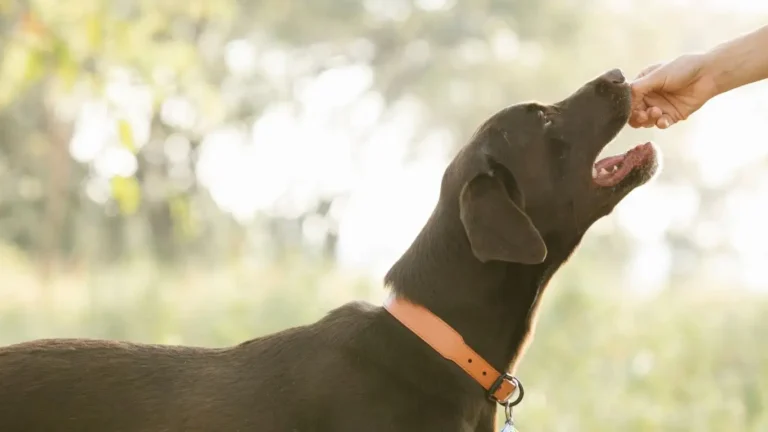Stop Your Dog from Escaping the Yard with These Proven Tips
Keeping your dog safe in your yard is more than just about preventing escape—it’s about protecting their well-being. When dogs get out, they face traffic, wild animals, and the risk of getting lost. Escaping can also point to deeper issues like boredom, anxiety, or a lack of exercise. Understanding why dogs try to escape and how to prevent it can help you create a secure, enriching space that keeps them happy at home.
Understanding Why Dogs Try to Escape
Dogs are curious animals. Their natural instincts push them to explore, chase, and sometimes run away from what feels familiar. Even if you have a fenced yard, your dog may still find ways to get out if something exciting or stressful is drawing them away.
Several factors in a dog’s biology and environment influence their desire to roam. Some dogs have stronger urges than others. For example, certain breeds like Huskies and Beagles are known for their wanderlust. Males that aren’t neutered may also be more likely to escape in search of a mate.
Behavioral factors can also play a role. A dog that feels neglected, under-stimulated, or anxious may try to run just to get relief or attention. It’s important to look at both physical and emotional needs when figuring out why your dog is trying to leave the yard.
How the Urge to Escape Works in Dogs
Dogs experience their surroundings through scent, sound, and sight. Their brains are wired to react to changes and opportunities in their environment. If they smell another animal, hear an unfamiliar noise, or see a moving object (like a squirrel or jogger), they may feel compelled to act on those instincts.
The part of a dog’s brain that controls impulse is smaller than in humans. This means they don’t always “think it through” before chasing something. Once a dog gets excited, they may dig, jump, or push their way out before realizing what’s happening. The behavior isn’t about disobedience—it’s about instinct and unmet needs.
By learning what’s driving the behavior, you can better prevent it. A dog that escapes out of boredom needs mental stimulation. One escaping due to fear or separation anxiety may need training and a sense of safety.
Common Reasons Dogs Escape
- Boredom: Dogs left alone for long periods may dig or climb out just for something to do.
- Anxiety or Fear: Loud noises, like fireworks or thunder, can cause panic-driven escapes.
- Mating Instincts: Unneutered males may roam to find a mate, especially if they smell a female in heat.
- Hunting or Prey Drive: Breeds with strong hunting instincts may chase after squirrels, rabbits, or cats.
- Lack of Exercise: A dog with too much energy and no outlet may try to “run it off.”
- Social Needs: Dogs are pack animals. If they feel isolated, they may try to find companionship elsewhere.
- Curiosity: Sometimes, dogs just want to see what’s beyond the fence.
Some dogs may show signs before escaping. Watch for pacing near the fence, digging behavior, whining, or barking at things outside the yard. These can all signal a build-up of stress or curiosity that might lead to an escape attempt.
Prevention Tips: How to Keep Your Dog in the Yard
Once you understand what drives your dog to escape, you can tailor your prevention strategy. No one solution works for all dogs, but combining several approaches often leads to success.
- Reinforce Fencing: Make sure your fence is tall enough and in good repair. Consider adding chicken wire underground to stop diggers or inward-leaning extensions for jumpers.
- Remove Temptations: Keep your dog from seeing exciting things outside. Use privacy screens or plant shrubs along the fence line.
- Exercise Daily: Walks, play sessions, and training exercises help burn energy and reduce restlessness.
- Provide Enrichment: Use puzzle feeders, chew toys, or supervised yard time to stimulate their mind.
- Train Boundaries: Teach your dog to understand limits through reward-based training. Start with leash work and progress to off-leash practice if safe.
- Use GPS Collars: Consider smart collars that track your dog’s location. These won’t prevent escape but can help you recover them quickly.
- Spay/Neuter: This reduces mating-related roaming and has health and behavioral benefits.
These steps take time and consistency, but many owners find that small changes make a big difference. Creating a safe, interesting space for your dog builds trust and decreases their need to roam.
When to Seek Professional Help
If your dog keeps trying to escape despite your efforts, it may be time to talk to a professional. Start with your veterinarian. They can rule out medical issues like anxiety disorders or hormonal influences.
You might also benefit from working with a certified dog trainer or animal behaviorist. These experts can assess your home setup, identify triggers, and guide you through a behavior plan. They may also use techniques like desensitization or counter-conditioning for dogs with fear-based escapes.
Watch for warning signs that your dog’s escape behavior is serious:
- Frequent or escalating attempts to get out
- Signs of stress like heavy panting, pacing, or destruction
- Escape behavior triggered by common sounds or routines
- Injuries or near-misses from past escapes
If any of these apply to your dog, don’t wait. Help is available, and early action can prevent accidents or heartbreak.
Final Thoughts
Preventing your dog from escaping the yard takes more than just a sturdy fence. It means understanding what motivates your dog and creating a safe, engaging environment for them. Every dog is different, so it may take time to find what works best. Be patient and consistent.
If your dog continues to escape or shows signs of stress, reach out to your vet or a behavior specialist. You’re not alone, and with the right tools and guidance, you can help your dog stay safe, secure, and happy right at home.






